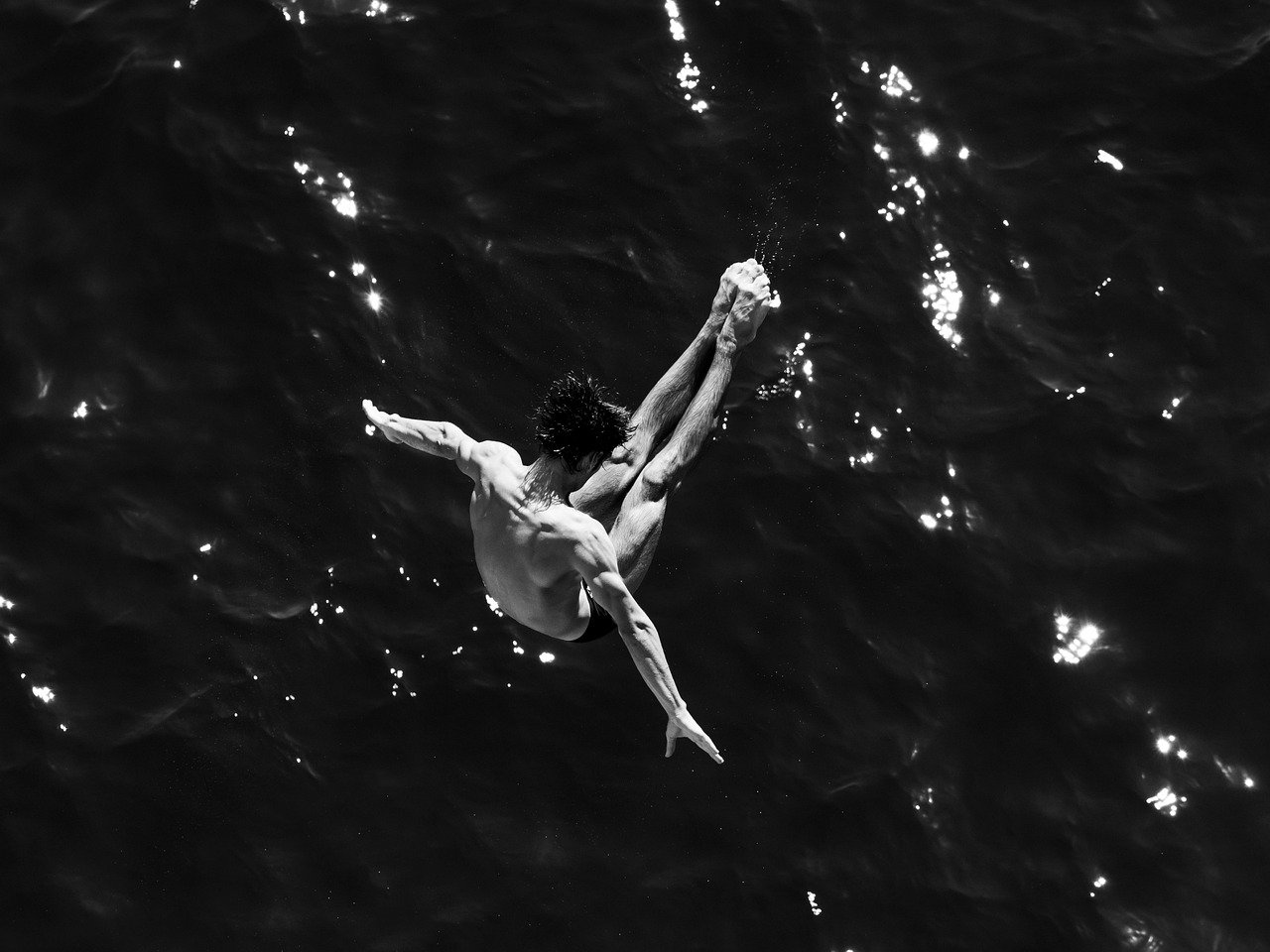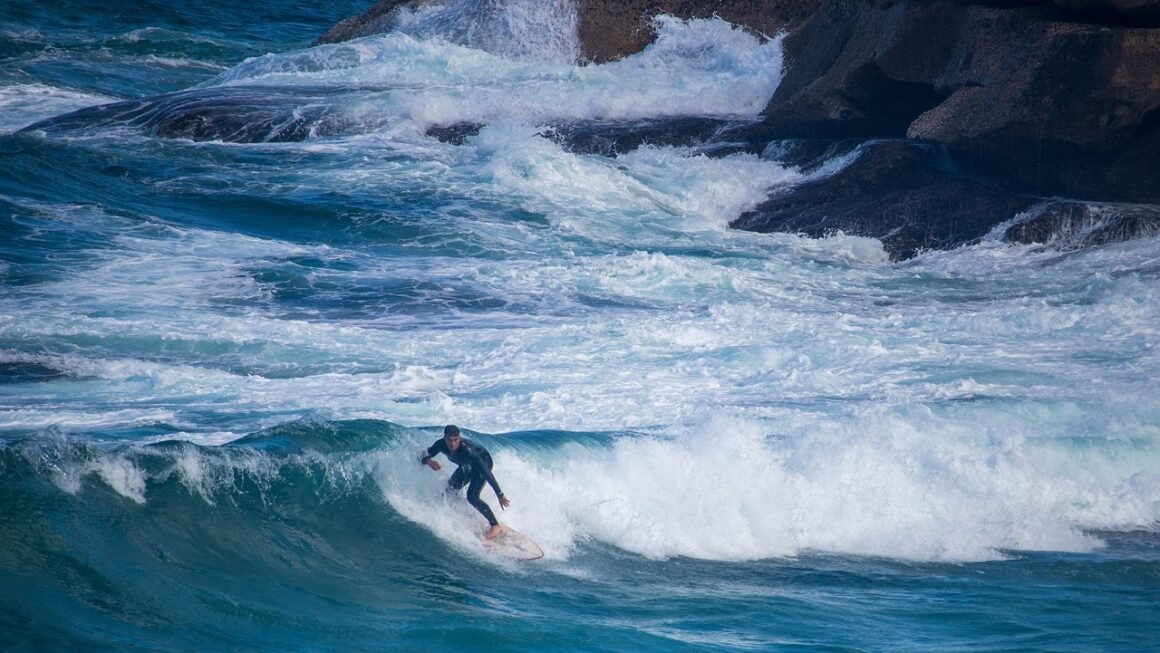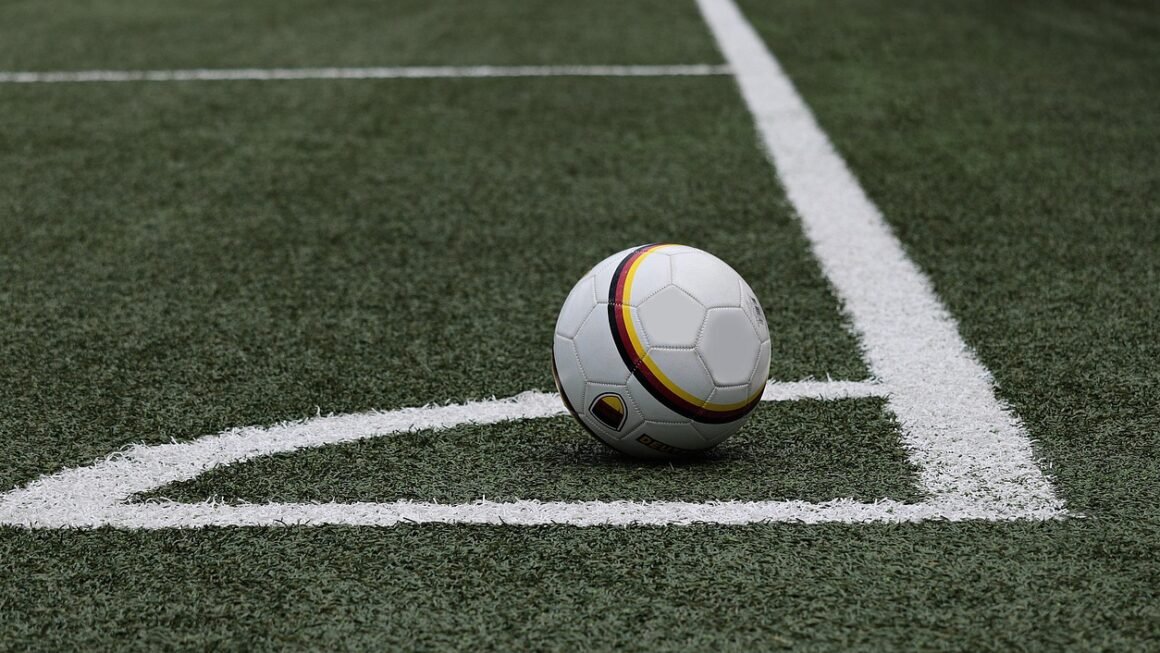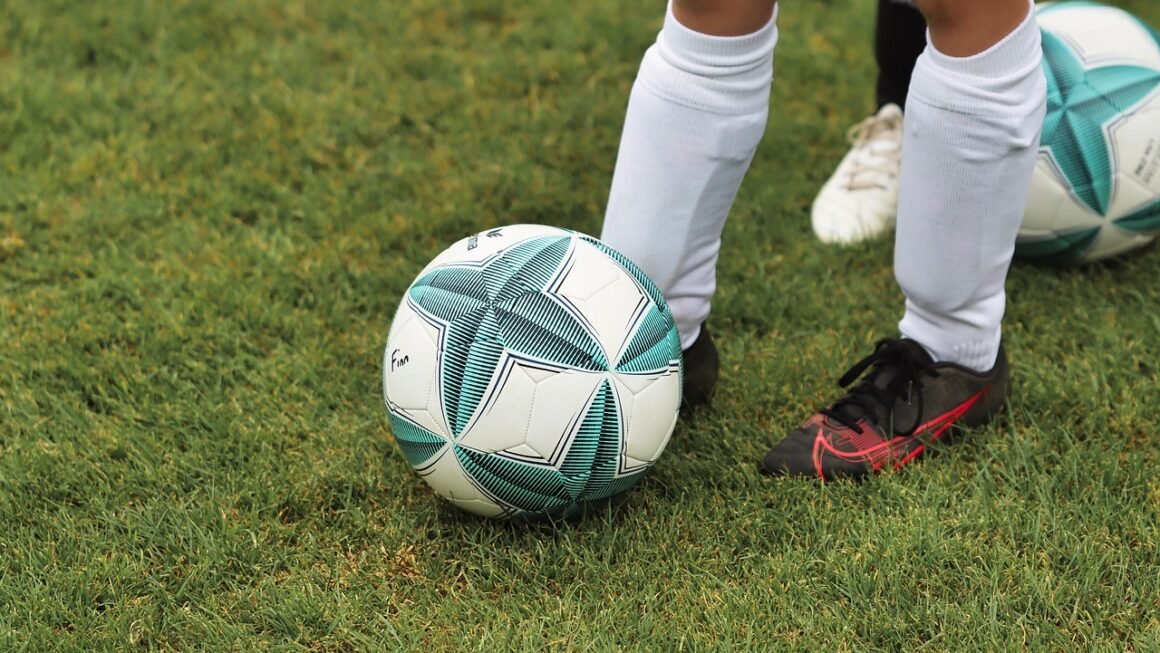The crisp mountain air, the glistening snow under the bright sun, and the exhilarating rush of gliding down a perfectly groomed slope – skiing is more than just a sport; it’s an experience. Whether you’re a seasoned pro carving down black diamonds or a beginner cautiously navigating the bunny hill, the thrill of skiing is undeniable. This guide delves into the world of skiing, covering everything from essential gear and techniques to choosing the perfect resort and staying safe on the slopes. Get ready to unlock the joy and adventure that awaits you on your next ski trip.
Gear Up: Essential Skiing Equipment
Choosing the right skiing equipment is crucial for comfort, performance, and safety. Don’t skimp on quality – investing in good gear can significantly enhance your skiing experience.
Skis: Choosing the Right Pair
- Type of Ski: Consider your skill level and the type of terrain you’ll be skiing on.
All-Mountain Skis: Versatile skis suitable for various conditions and terrains. Ideal for beginners and intermediate skiers.
Powder Skis: Wider skis designed for floating on deep, soft snow.
Carving Skis: Narrow skis designed for making precise turns on groomed slopes.
Freestyle Skis: Durable skis designed for park and pipe skiing.
- Length: Ski length is typically determined by your height and weight. Shorter skis are easier to turn, while longer skis provide more stability at higher speeds. Consult a ski shop professional for personalized recommendations. A good starting point is to have the skis reach somewhere between your chin and the top of your head.
- Bindings: Bindings connect your boots to your skis and are crucial for safety. They should be properly adjusted by a qualified technician to release when you fall, preventing injuries. Look for bindings with a DIN (Deutsche Industrie Normen) setting that corresponds to your weight, height, skiing ability, and boot sole length.
Boots: Ensuring Comfort and Performance
- Fit: Ski boots should fit snugly but comfortably. Your toes should lightly touch the end of the boot when standing upright but have a little wiggle room when leaning forward in a skiing position. Ill-fitting boots can lead to discomfort, blisters, and reduced control.
- Flex: The flex rating of a boot indicates its stiffness. Beginners should opt for a softer flex, while advanced skiers typically prefer a stiffer flex for better responsiveness.
- Liners: Many ski boots come with heat-moldable liners that can be customized to your foot shape for a more comfortable and secure fit.
Poles: Maintaining Balance and Rhythm
- Length: Correct pole length is essential for maintaining balance and rhythm. To determine the right length, hold the pole upside down with your hand under the basket. Your elbow should be bent at a 90-degree angle.
- Grips: Choose poles with comfortable grips that fit well in your hands.
- Baskets: Baskets prevent your poles from sinking too deep into the snow. Larger baskets are better for powder skiing.
Ski Clothing and Accessories: Staying Warm and Dry
- Base Layers: Moisture-wicking base layers are essential for keeping you dry and comfortable. Avoid cotton, which absorbs moisture and can leave you feeling cold. Merino wool or synthetic fabrics are excellent choices.
- Mid-Layers: Insulating mid-layers, such as fleece or down jackets, provide warmth.
- Outerwear: A waterproof and breathable ski jacket and pants are crucial for protecting you from the elements. Look for features like taped seams, powder skirts, and vents.
- Gloves or Mittens: Waterproof and insulated gloves or mittens will keep your hands warm and dry. Mittens are generally warmer than gloves.
- Socks: Ski-specific socks are thin, moisture-wicking, and designed to fit comfortably inside ski boots. Avoid wearing thick socks, as they can restrict circulation and make your feet cold.
- Helmet: A properly fitted ski helmet is essential for protecting your head. Look for a helmet that meets safety standards and has adjustable vents.
- Goggles: Ski goggles protect your eyes from the sun, wind, and snow. Choose goggles with lenses that are appropriate for the weather conditions. Interchangeable lenses are a good option for varying light conditions.
- Sunscreen: Even on cloudy days, the sun’s rays can be intense at high altitudes. Apply sunscreen to all exposed skin.
- Neck Gaiter or Balaclava: A neck gaiter or balaclava will protect your face and neck from the cold and wind.
Mastering the Basics: Skiing Techniques
Learning the fundamental skiing techniques is essential for progressing and enjoying your time on the slopes. Consider taking lessons from a certified instructor to learn proper form and safety practices.
The Wedge (Snowplow)
- The wedge, or snowplow, is the foundational technique for beginners. It involves pointing the tips of your skis inward, forming a “V” shape.
- Purpose: Controlling speed and stopping. The wider the wedge, the slower you go.
- Practice Tip: Focus on maintaining a balanced stance with your weight evenly distributed between both skis.
Turning
- Once you’re comfortable with the wedge, you can start learning to turn.
- Technique: Shift your weight to the ski on the side you want to turn. As you shift your weight, slightly angle that ski in the desired direction.
- Practice Tip: Start with gentle turns and gradually increase the angle as you gain confidence.
Parallel Skiing
- Parallel skiing is the ultimate goal for many skiers. It involves keeping your skis parallel to each other while turning.
- Technique: Initiate the turn by edging your skis and shifting your weight to the outside ski.
- Practice Tip: Focus on maintaining a balanced stance and using your edges to control your turns. Practice on gentle slopes before tackling more challenging terrain.
Using Ski Lifts Safely
- Understanding how to safely use ski lifts is crucial.
- Chairlifts: Pay attention to the lift operator’s instructions. Sit back in the chair and hold on to the safety bar. At the top, raise the bar and prepare to unload.
- T-Bars and Poma Lifts: These lifts require you to stand while being pulled uphill. Keep your skis parallel and relax your knees.
- Magic Carpets (Conveyor Belts): Simply step onto the moving carpet and hold on to the railing.
Choosing the Right Resort: Finding Your Perfect Mountain
The best ski resort for you depends on your skill level, budget, and desired amenities. Researching different resorts is key to finding the perfect mountain.
Factors to Consider
- Terrain: Does the resort offer terrain suitable for your skill level? Look for a mix of beginner, intermediate, and advanced runs.
- Snow Conditions: Check the average snowfall and snowmaking capabilities of the resort.
- Lift Tickets and Passes: Compare lift ticket prices and consider purchasing a multi-day pass or a season pass if you plan to ski frequently.
- Amenities: Does the resort offer ski schools, rentals, restaurants, and other amenities that are important to you?
- Location: Consider the distance from your home and the accessibility of the resort.
- Crowds: Research the typical crowd levels at the resort, especially during peak season.
Resort Recommendations
- Beginner-Friendly: Keystone, CO (USA); Park City, UT (USA); Smugglers’ Notch, VT (USA)
- Intermediate: Vail, CO (USA); Breckenridge, CO (USA); Whistler Blackcomb, BC (Canada)
- Advanced: Jackson Hole, WY (USA); Telluride, CO (USA); Zermatt, Switzerland
- Family-Friendly: Beaver Creek, CO (USA); Deer Valley, UT (USA); Sun Peaks, BC (Canada)
Booking Tips
- Book in Advance: Secure lodging and lift tickets early, especially during peak season, to get the best deals and availability.
- Consider Package Deals: Many resorts offer package deals that include lodging, lift tickets, and other amenities.
- Read Reviews: Check online reviews to get insights from other skiers and snowboarders.
Staying Safe on the Slopes: Prioritizing Your Well-being
Safety should always be your top priority when skiing. Being aware of potential hazards and taking precautions can help prevent accidents and injuries.
Skiing Etiquette
- Right of Way: The skier downhill has the right of way. Avoid skiing in front of or cutting off other skiers.
- Stopping: When stopping on the slopes, move to the side of the trail so you are visible to other skiers.
- Merging: When merging onto a trail, look uphill and yield to oncoming traffic.
- Respect Closures: Obey all trail closures and warnings.
Avalanche Awareness
- If you’re skiing in backcountry areas, be aware of the avalanche risk.
- Check the Avalanche Forecast: Before heading out, check the local avalanche forecast.
- Carry Avalanche Safety Gear: If you’re skiing in avalanche terrain, carry an avalanche transceiver, shovel, and probe, and know how to use them.
- Take an Avalanche Safety Course: Consider taking an avalanche safety course to learn how to assess avalanche risk and respond to avalanche accidents.
Other Safety Tips
- Warm Up Before Skiing: Stretching and light exercise can help prevent injuries.
- Stay Hydrated: Drink plenty of water throughout the day.
- Take Breaks: Rest when you’re tired.
- Be Aware of Weather Conditions: Pay attention to changes in weather conditions and adjust your skiing accordingly.
- Know Your Limits: Don’t ski above your ability level.
- Ski with a Buddy: Skiing with a friend can provide support and assistance in case of an accident.
- Learn Basic First Aid: Knowing basic first aid can be helpful in case of an injury.
Conclusion
Skiing is an incredible sport that offers a unique blend of physical activity, natural beauty, and exhilarating adventure. By investing in the right gear, mastering the basic techniques, choosing the perfect resort, and prioritizing safety, you can unlock the joy and excitement that skiing has to offer. Whether you’re carving down a freshly groomed run or simply enjoying the stunning mountain views, skiing is an experience that will stay with you long after the snow melts. So, gear up, hit the slopes, and create unforgettable memories on your next ski trip!



